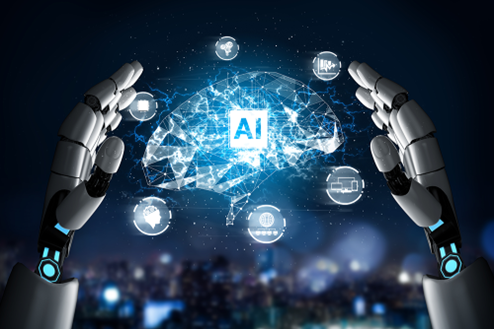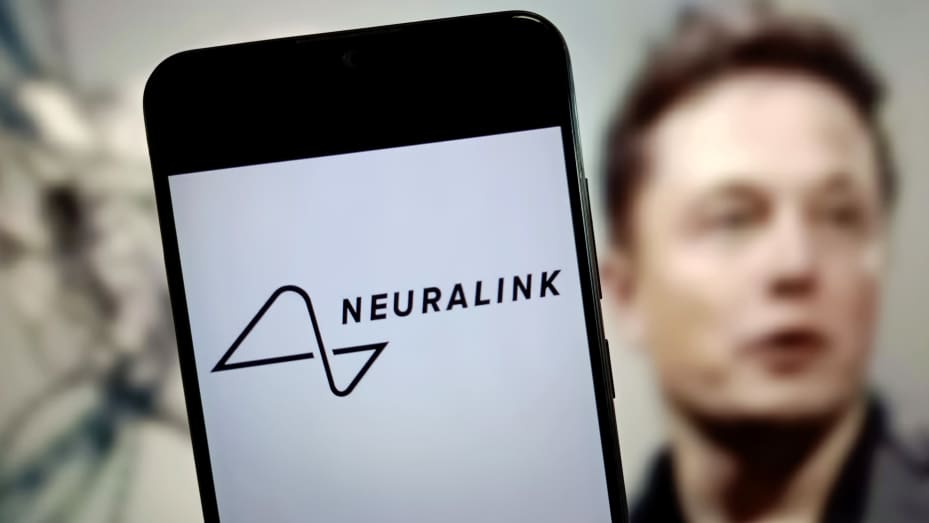As the Fourth and even fifth industrial revolutions are underway, the place of humanity in the work place alongside robotics and Artificial Intelligence (AI) will be brought into question. The proponents of industries 4.0 and 5.0 are now advocating a symbiotic relationship between humans and their mechanical counterparts. But what form will this symbiotic (mutually beneficial) relationship take? In the quest of AI innovators to alter the nature of manufacturing, uncharted waters are being navigated. These waters can prove to be stormy and unpredictable. Consumer demands for personalised products and a global emphasis on sustainability create a stormy atmosphere of challenges and opportunities. It will come down to the nature of supply capabilities.
The fourth industrial revolution introduced manufacturers to the power of interconnected systems, advanced data analytics, and automation. By harnessing the power of big data and the ability of ERP systems to create predictive analytics offering a view across the entire manufacturing chain, these technologies transformed manufacturing production, making processes more efficient, agile, and precise. Consider a beverage manufacturer adopting IOT sensors to monitor production lines. By analysing real-time data using their ERP system to produce valuable insights, they’ve reduced wastage, optimised production schedules and significantly cut unplanned downtime. The benefits ripple beyond cost savings to faster product deliveries and a happier customer base. But while 4IR is synonymous with innovation and efficiency, it often misses a crucial element: the human touch.
We are basically handing over complex data some of which could be highly confidential to a super computer/advance AI for analysis. The focus on automation, advance analytics and the like is meant to empower the users. In the work place and among the work force this raises some ethical questions concerning the power and management over AI by the innovators and AI. Can they (the machines capable of human thought) be considered trustworthy? Humans will be expected to have a working relationship with these machines be they super computers or robots on a daily basis. How will they (the AI) be treated and viewed? They learn from interacting with humans and they are more intelligent than us (in terms of analysing information and performing tasks). There is also the matter of just how much precision, agility, and efficiency a finished product need. How much more improvement?
Unlike its predecessor, 5IR is not just about automation and data. It’s a movement towards putting people and the planet at the centre of manufacturing. The aim is to leverage the advancements of 4IR while addressing its shortcomings – fostering sustainability, resilience, and human-centric innovation. Here, ERP systems enable the integration of human skills and experience with advanced automation technologies, creating smarter and more resilient manufacturing systems. Take, for instance, a textile company integrating AI into their operations. While AI optimises inventory and forecasts demand, the focus in 5IR is on how these insights empower human designers. By automating mundane tasks, employees can focus on creativity and invention, producing designs that resonate deeply with consumers.
It is good that personal humane work experience is still valued. This can never be replaced by a super computer or robot. No matter how independent minded. When the experts in charge of placing AI and robotics forward discuss putting the people and the planet first, they are talking about improving and possibly improvising our methods of conserving and protecting the environment. You can create a super computer or a machine like an ERP system that can assist with examining data and performing repetitive tasks efficiently but you can never give it wisdom, creativity or common sense. These will always be the reserves of humans. The production of designs and fashion concerning what appeals to the human senses can only be known to a human.
Sitho Mdlalose, CEO of Vodacom SA, says the increased use of generative AI (GenAI) continues to make an impact on business and society at large. Customer service channels are now incorporating AI to provide chatbot experiences, or offer human customer care agents on-hand information on previous conversations, current challenges and recommend advice, he notes. “For us specifically, using insights into customers’ habits and interactions with the Vodacom brand helps us offer increasingly relevant packages. This includes recommending mobile tariffs more suited to a customer’s actual needs, or creating awareness about our digital offerings, such as banking, insurance, or lifestyle products, to help improve their businesses or everyday life.”
He believes that come next year, satellite connectivity will play an increasing role in the connectivity mix. Satellite projects have the potential to complement and enhance rural connectivity by connecting the unconnected, as well as improving the stability and speed of internet services of those already connected, Mdlalose points out. “Our partnerships with Amazon’s Kuiper and with AST SpaceMobile are testament to this, and these strategic partnerships support our purpose as a company to connect for a better future. We believe fair competition within a robust regulatory framework fosters innovation and ensures enhanced benefits for consumers.
The road to the future for communication, particularly inter-communication is becoming increasingly innovative. Vodcom SA like other phone line companies is standing at a cross roads. Their Customer Service Channels are now moving forward to include the independent forms of AI in your discussions with your family, friends and work colleagues. When they are talking about including AI to provide chatbot experiences, they are showing us they have already recorded our personal conversation histories through our “smart phone”. This shows they are even examining our personal habits and tastes. What we like to look for and post on line. The AI is collecting this information to understand us better and relaying it back to the main servers. In addition, the main servers store it.
Now when it comes to satellite connectivity and its introduction to the new industries 4.0 and 5.0 the signal being sent can also serve as a way to keep tabs on users in touch with this technology. The Satellite projects could also serve as a way to connect those in dire straits who live in the country side to civilization. If someone is in trouble, then they could contact the help line via satellite connection and be rescued. For example, if they have suffered an injury that has left them temporarily disabled. The increase in AI needs to be monitored but if it leads to the creation of more jobs in innovation, then it should be encouraged. With caution.
Article written by:
Yacoob Cassim
Journalist at Radio Al Ansaar






